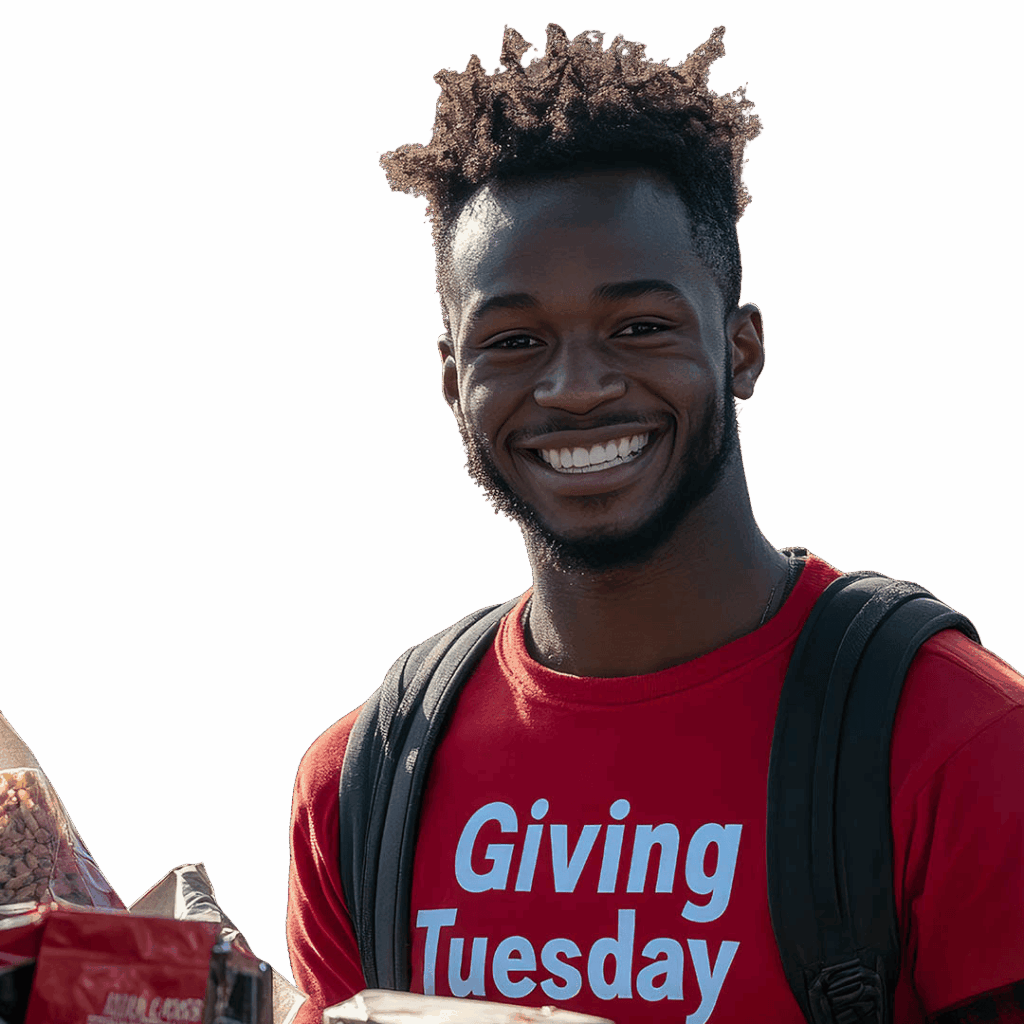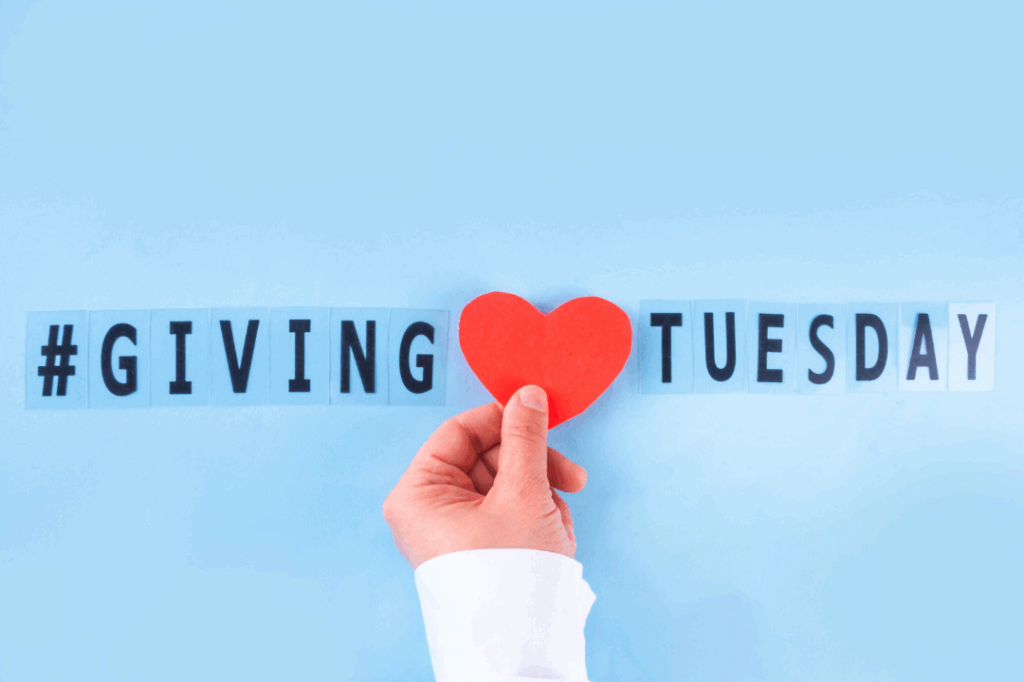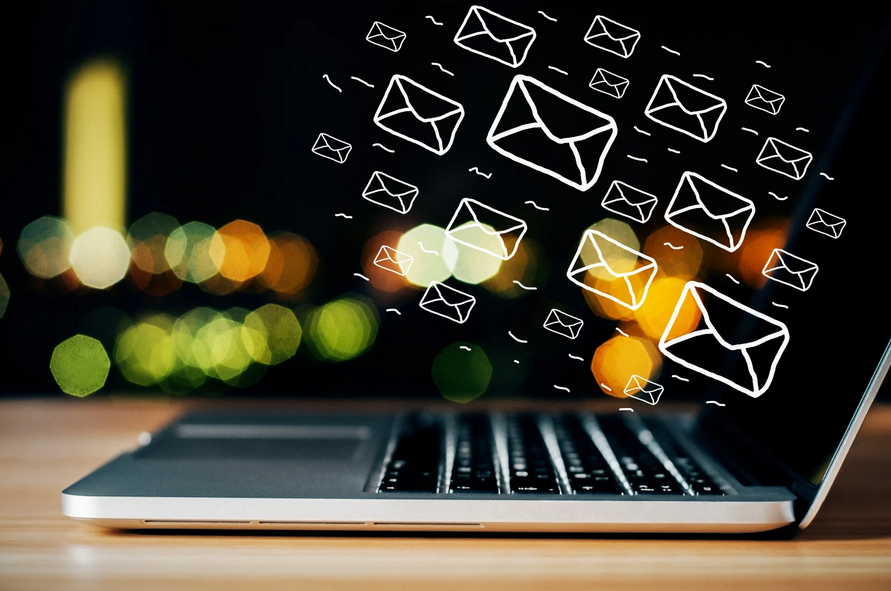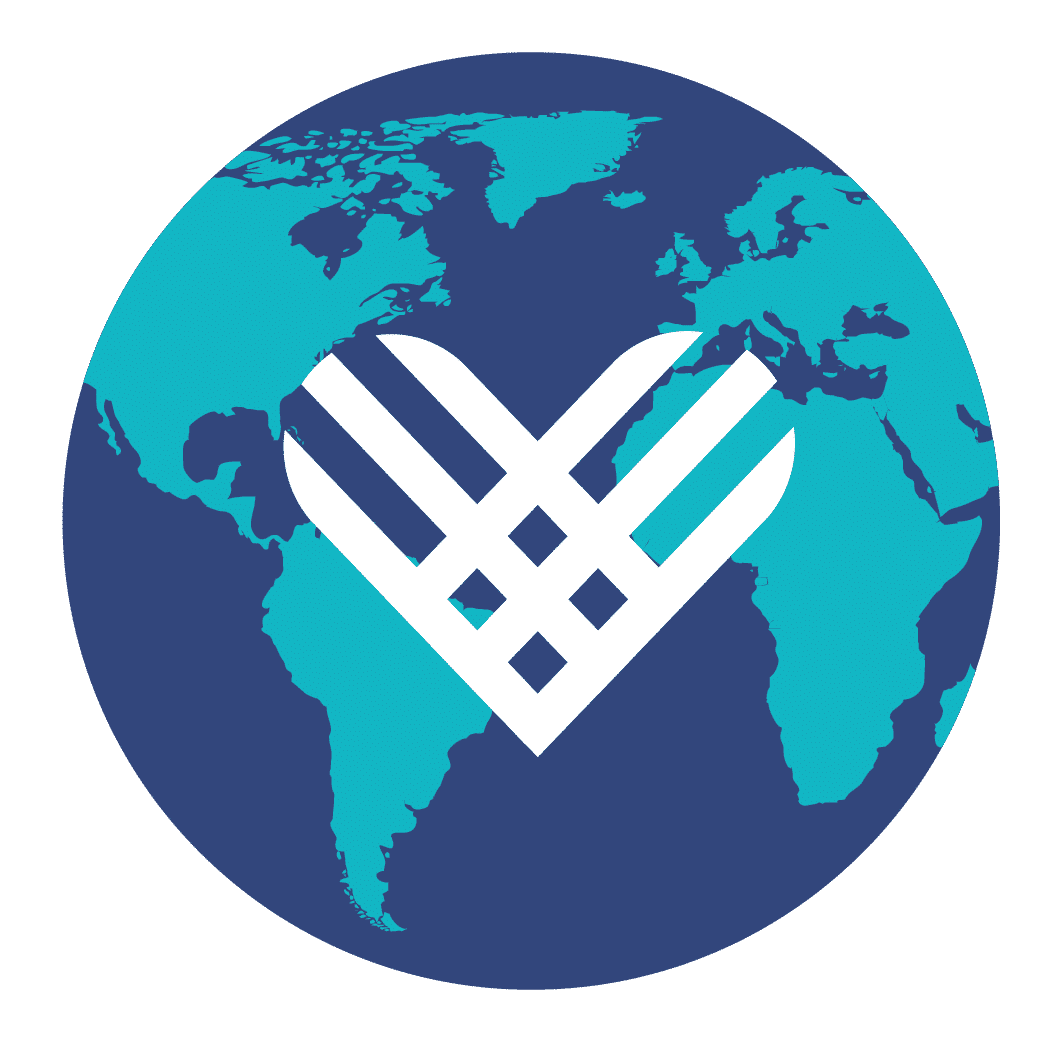Giving Tuesday is the most important day for many nonprofits. Stay prepared with these strategies and best practices.

Countdown to Giving Tuesday
Giving Tuesday is a global day of generosity that takes place each year on the Tuesday after Thanksgiving. Created in 2012, it encourages individuals, nonprofits, and businesses to give back through donations, volunteering, and acts of kindness. As a movement, Giving Tuesday helps raise awareness for important causes, drives year-end giving, and unites people around the world in support of their communities. Whether you’re a nonprofit launching a campaign or a donor looking to make a difference, Giving Tuesday offers a powerful opportunity to inspire change.
Giving Tuesday began as a simple idea: to encourage people to do good. Since its launch in 2012, it has grown into a global movement that inspires millions to give, volunteer, and take action for the causes they care about. Unlike traditional shopping holidays like Black Friday and Cyber Monday, Giving Tuesday focuses on generosity and community impact.
The purpose of Giving Tuesday is to shift the conversation from consumerism to compassion. It invites individuals, nonprofits, and businesses to come together and support meaningful change. Giving Tuesday is not limited to financial donations. People also give their time, lend their voices, and share their skills to help others and raise awareness for important causes.
Every year, participation in Giving Tuesday expands across the world, with campaigns happening in over 80 countries. Nonprofits often use the day to kick off or maximize their year-end fundraising efforts. Supporters rally their networks, launch peer-to-peer fundraisers, and engage in acts of kindness. Whether you’re leading a campaign or making a personal contribution, Giving Tuesday offers a chance to be part of a global effort that drives positive change.
Giving Tuesday works by mobilizing individuals, nonprofits, businesses, and communities to take part in acts of generosity on a single day each year. It always falls on the Tuesday after Thanksgiving, creating a moment of reflection and giving in contrast to the consumer-driven days that precede it. The movement is decentralized, meaning there is no single organization directing it. Instead, participants are encouraged to create and promote their own campaigns, initiatives, or actions that align with their mission or personal values.

Nonprofits often plan special Giving Tuesday fundraising campaigns to engage supporters and drive donations. These campaigns can include email appeals, social media outreach, live events, or peer-to-peer fundraising efforts. Many organizations also partner with businesses, influencers, and community leaders to extend their reach. Matching gifts, time-limited challenges, and storytelling are commonly used tactics to boost urgency and engagement.
Individuals can participate by donating to causes they care about, volunteering their time, sharing campaigns on social media, or simply performing acts of kindness in their daily lives. Giving Tuesday is inclusive by design, allowing people of all ages and backgrounds to get involved in a way that feels meaningful. The goal is to create momentum around generosity that lasts well beyond a single day and helps
Giving Tuesday campaigns are a great way for nonprofits to tap into a global day of generosity and rally support around their mission. Held each year on the Tuesday after Thanksgiving, Giving Tuesday offers a unique moment to tell your story, engage your community, and raise funds at the start of the year-end giving season. Whether you’re trying to hit a fundraising goal, grow your donor base, or get people talking about your cause, a well-planned campaign can help you stand out.
To build an effective Giving Tuesday campaign, start by setting clear goals. Decide what success looks like for your organization and shape your message around that. Use storytelling to connect with your audience and make sure you’re meeting them on the platforms they already use, including email, social media, and your website. Get your community involved by encouraging them to share your campaign or start their own fundraisers. Once it’s over, take time to review your results so you can learn what worked and improve next time.
If you need ideas to get started, take a look at these 10 successful Giving Tuesday campaign examples from Engaging Networks. These examples show creative ways other nonprofits have inspired action and made the most of this important day.
Giving Tuesday emails are a powerful tool for nonprofits to connect with supporters and drive donations. They allow organizations to share compelling stories, highlight the impact of their work, and encourage immediate action. Effective Giving Tuesday emails often include clear calls to action, personalized messages, and visuals that resonate with the audience.

For insights into successful email strategies, Engaging Networks provides a detailed analysis of the “Giving Tuesday Now” campaign. This resource showcases how timely and well-crafted emails can lead to significant fundraising results, even with limited preparation time. It emphasizes the importance of creativity, clear messaging, and leveraging digital tools to maximize engagement.
By studying these giving tuesday email examples, nonprofits can learn how to craft impactful emails that not only inform but also inspire action, ensuring a successful Giving Tuesday campaign.
Crafting a Giving Tuesday email schedule is key to building momentum, engaging your audience, and maximizing donations. Rather than sending a single email on the day itself, a thoughtful schedule helps you tell a story over time, build anticipation, and stay top of mind as supporters plan their giving.
Start with a teaser email one to two weeks before Giving Tuesday. Use this to announce that your organization is participating and give supporters a preview of your goals or any matching gift opportunities. Follow up with a reminder email the day before, reinforcing your mission and why their support matters.
On Giving Tuesday, send a morning launch email with a strong call to action. Plan at least one midday update email to share progress toward your goal and create urgency. If needed, send a final push email in the evening with a clear message that time is running out.
Consider sending a thank-you email the next day to acknowledge donors, share early results, and keep the momentum going into your year-end fundraising efforts. A well-paced schedule not only boosts performance but also strengthens relationships with your supporters.
Crafting effective Giving Tuesday email subject lines is essential to getting your message opened and read. The best subject lines are clear, urgent, and emotionally compelling. Use action-oriented language that encourages readers to give, join, or make an impact. Mentioning Giving Tuesday directly helps signal the relevance of your message, while adding specific details like a match opportunity or time-sensitive goal can increase urgency. Keep subject lines short enough to display well on mobile, and consider A/B testing a few variations to see what resonates most with your audience.
Each one is designed to spark interest, create a sense of urgency, and motivate action.
Save-the-date emails are the first critical touchpoint in your Giving Tuesday campaign. Their goal is simple: get on your supporters’ calendars early and create anticipation. Sent 2–3 weeks in advance, these emails should be concise, clear, and focused on raising awareness.
Key elements to include:
This early message helps build momentum and gives you a head start on inbox real estate before the flood of Giving Tuesday emails begins.
Quotes can be a powerful way to spark emotion, build momentum, and remind supporters why their generosity matters. Whether you’re kicking off your Giving Tuesday campaign or making a final push, the right words can help connect your mission to your audience’s values. Quotes are most powerful when they reflect the heart of your Giving Tuesday campaign. Align each message with your theme to create a consistent emotional thread across emails, social posts, donation pages, and thank-you messages. Here are some crafted quotes to inspire action, reinforce impact, and foster a sense of shared purpose throughout your outreach.
Using cited quotes can lend credibility, authority, or familiarity, especially when they come from respected voices in philanthropy, literature, or leadership; however, original quotes offer more flexibility and can be tailored to match the tone, theme, and mission of your campaign. Both approaches are meaningful, depending on the story you want to tell and how you want your audience to feel.
Saying thank you after Giving Tuesday isn’t just good manners. It’s one of the most important parts of your campaign. A strong thank-you helps people feel appreciated, shows the impact of their gift, and sets the stage for future support.
Donors want to know they made a difference. A thoughtful thank-you builds trust and keeps people engaged. It’s not just the end of your Giving Tuesday push. It’s the beginning of a longer relationship.
Looking for more ways to strengthen your Giving Tuesday outreach? We’ve pulled together a collection of helpful tools, guides, and templates to make your campaign more effective from start to finish. Whether you need inspiration for email content, help planning your timeline, or tips on boosting donations, these resources are here to support you.
Use the links below to dive deeper into campaign planning, creative strategy, donor engagement, and more. Each resource is built to help you save time, increase impact, and connect with your supporters in meaningful ways.

We’ve built a simple checklist to help you stay organized and prepared.

10 standout Giving Tuesday campaign examples to inspire

Last minute tips to help your Giving Tuesday campaigns reach their potential

2021 Results and Benchmarks
